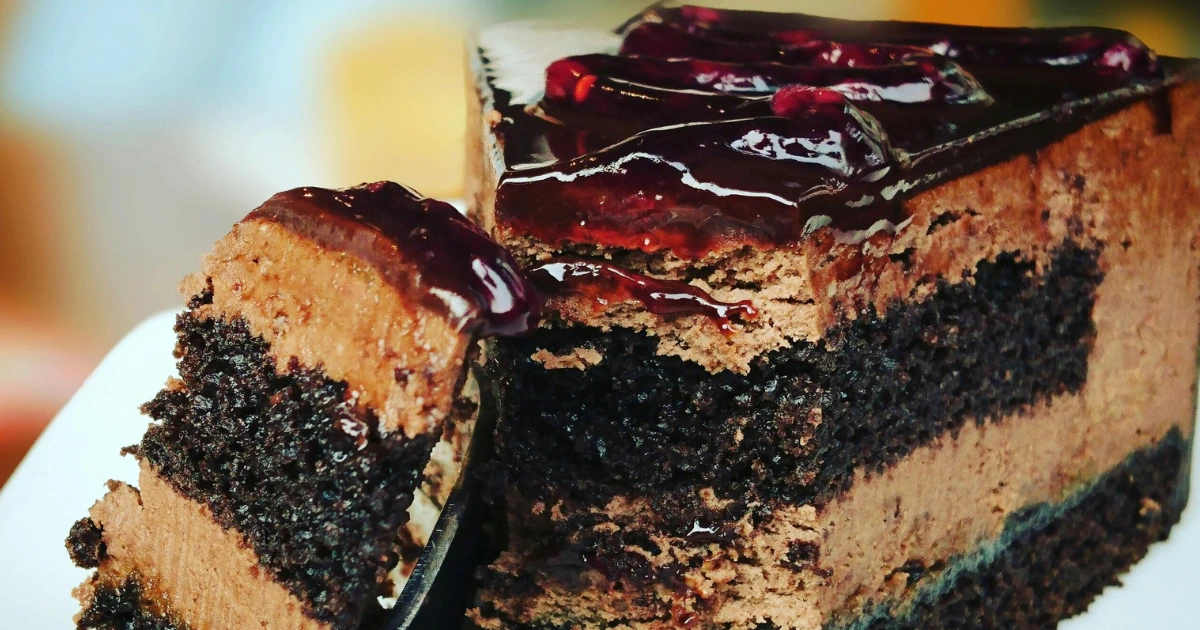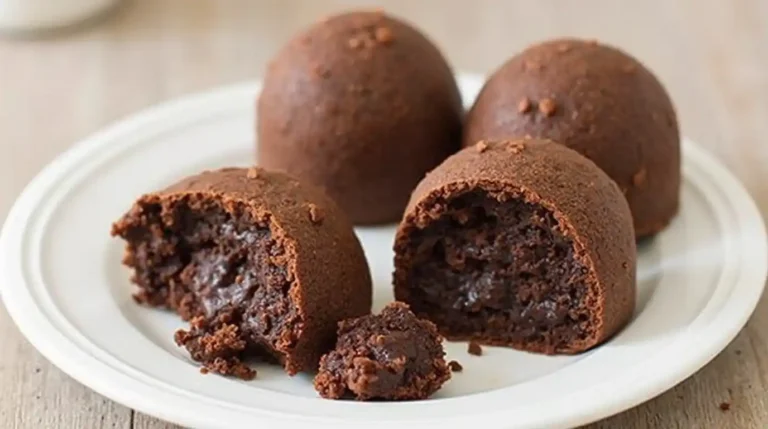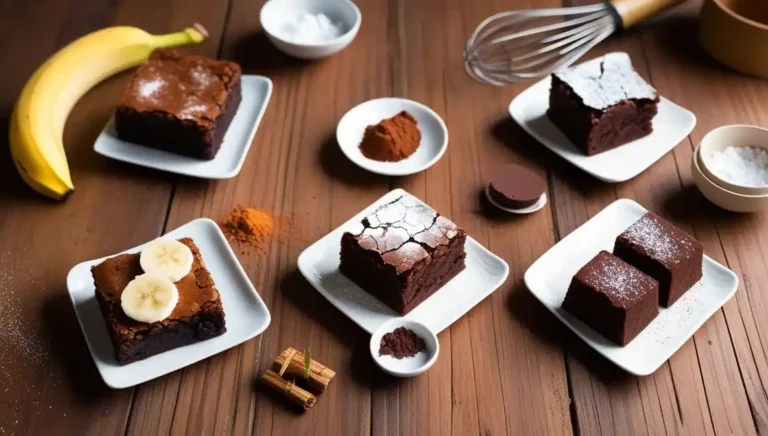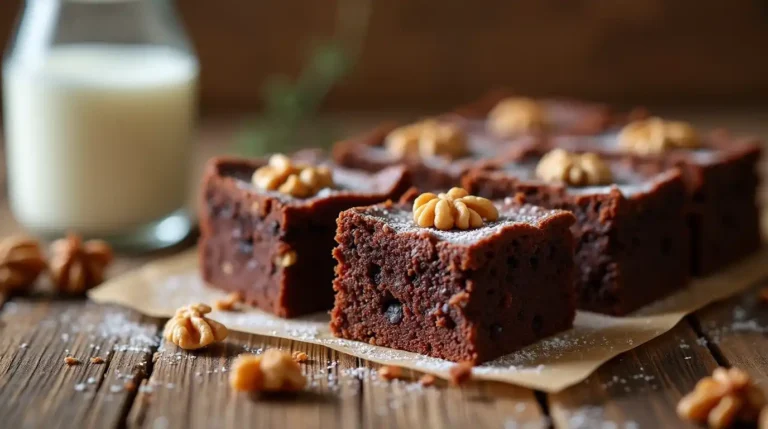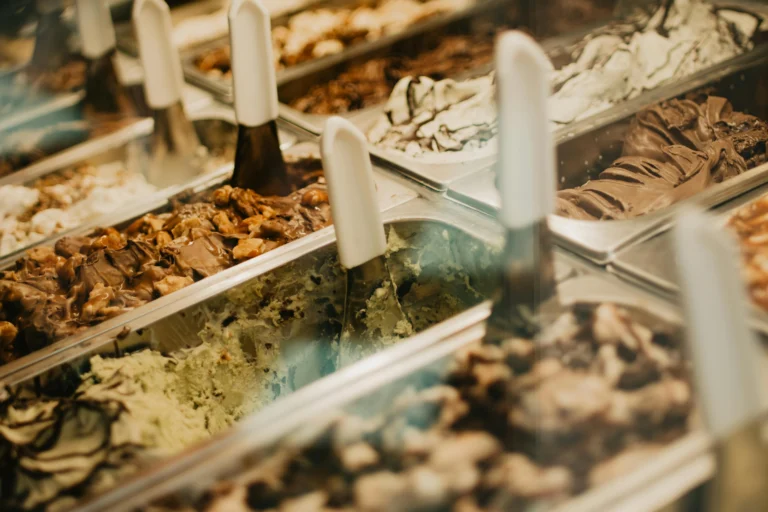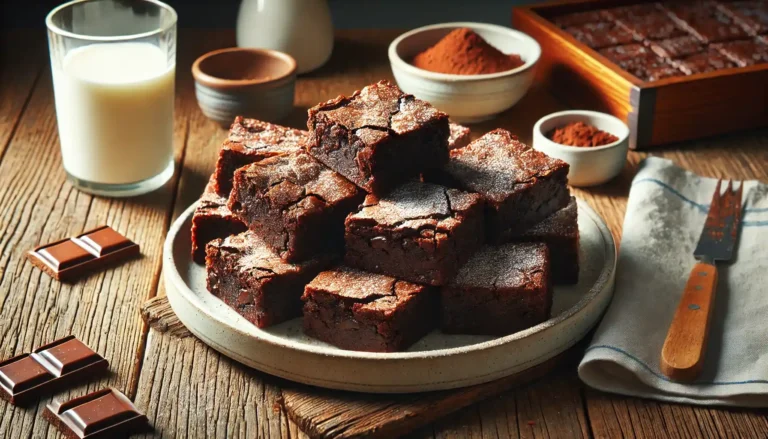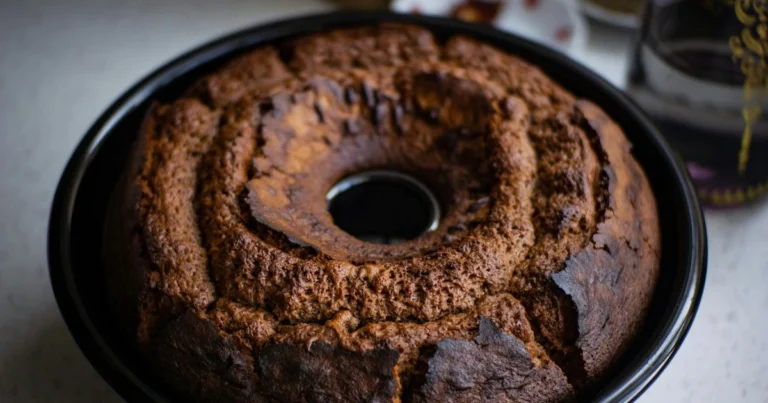Easy Chocolate Cake: A Foolproof Recipe for Every Occasion
Introduction
Chocolate cake is a universal favorite, but finding the perfect recipe can be a daunting task. Let me introduce you to this easy chocolate cake recipe you’ll ever make—delicious, moist, and ready in no time!
Table of Contents
The Science of It:
Why does this cake work so well? It’s all about balance of ingredients. Cocoa powder gives it that rich chocolate flavor, while buttermilk ensures it stays moist and tender. Baking soda reacts with the acidity in the buttermilk, creating a fluffy and light texture.
Why This Recipe Works:
This recipe takes the guesswork out of baking. With simple, pantry-friendly ingredients and foolproof instructions, even a novice baker can achieve a professional result. No fancy equipment or hard-to-find ingredients needed.
What Makes It Unique:
Unlike many chocolate cakes, this recipe doesn’t rely on heavy layers or complex techniques. It’s a single-layer wonder that packs a punch of flavor, perfect for casual treats or elegant occasions. Plus, it’s versatile—you can dress it up or keep it simple.
Recipe Card
Prep Time:
15 minutes
Cook Time:
30 minutes
Servings:
12 slices
| Ingredients | Quantity |
|---|---|
| All-purpose flour | 1 ¾ cups |
| Granulated sugar | half a cups |
| Cocoa powder | ¾ cup |
| Baking soda | 1 ½ tsp |
| Baking powder | half a tsp |
| Salt | half a tsp |
| Buttermilk (or substitute) | 1 cup |
| Vegetable oil | half a cup |
| Large eggs | two |
| Vanilla extract | two tsp |
| Boiling water | one cup |
Instructions:
- Preheat the Oven:
Set your oven to 350°F (175°C). Prepare a 9-inch round cake pan by greasing and flouring it, or simply line it with parchment paper. - Mix Dry Ingredients:
In a large mixing bowl, whisk together the flour, sugar, cocoa powder, baking soda, baking powder, and salt until well combined. - Add Wet Ingredients:
Add the buttermilk, vegetable oil, eggs, and vanilla extract. Beat on medium speed with a hand or stand mixer until the batter is smooth and lump-free. - Incorporate Boiling Water:
Slowly add the boiling water to the batter while mixing on a low setting. The thin consistency ensures a moist final texture. - Bake:
Transfer the batter to the prepared pan and bake for 30-35 minutes, or until a toothpick inserted into the center emerges clean. - Cool and Serve:
Let the cake cool in the pan for 10 minutes, then move it to a wire rack to cool fully. Add your favorite frosting or savor it plain.
Success Tips:
- Use room-temperature eggs for better mixing.
- Don’t overmix after adding the flour; this keeps the cake tender.
- For extra moistness, cover the cooled cake with plastic wrap and let it sit overnight before frosting.
Key Questions to Answer
Why does my chocolate cake sink in the middle?
This often happens when the batter is overmixed or the oven temperature is too high. Stick to the recipe and invest in an oven thermometer for accurate temperature readings.
Can I make this cake without buttermilk?
You can replace buttermilk with 1 cup of milk combined with 1 tablespoon of vinegar or lemon juice. Allow it to rest for 5 minutes before using.
How long does chocolate cake stay fresh?
Stored in an airtight container at room temperature, this cake stays fresh for up to 3 days. Refrigeration can extend its life to 5-7 days.
Expert Tips & Variations
What Top Competitors Missed:
- The boiling water trick: Many recipes skip this, but it’s crucial for unlocking the full potential of the cocoa powder’s flavor.
- Enhanced flavor: Add a pinch of espresso powder to intensify the chocolate taste without adding coffee flavor.
- Customizable sweetness: Reduce sugar slightly if you prefer a less sweet cake; the cocoa flavor will still shine through.
Variations:
- Gluten-Free Alternative: Replace the all-purpose flour with a gluten-free baking mix in a 1:1 ratio.
- Dairy-Free Option: Use almond milk and a dairy-free butter substitute.
- Chocolate Lava Cake: Slightly underbake for a gooey center.
Troubleshooting
Common Problems & Solutions:
- Dry Cake: Check your oven temperature and avoid overbaking. Adding an extra tablespoon of oil can also help.
- Dense Texture: Ensure your baking soda and powder are fresh. Old leavening agents lose their potency.
- Cake Sticks to the Pan: Grease and flour the pan thoroughly or line it with parchment paper.

